Curry has traveled across continents, transforming into countless delicious variations along the way. From creamy Indian classics to fiery Thai favorites, these aromatic dishes capture the essence of comfort food worldwide. We’ve tasted our way through dozens of curries to bring you the absolute showstoppers—and a few disappointments that didn’t quite hit the mark.
1. Butter Chicken (India) – Creamy Tomato Heaven
The silky texture of authentic butter chicken from Delhi will make you forget every mediocre version you’ve ever tried. Rich tomato gravy simmered with fenugreek leaves creates a tangy-sweet base, while cream and ghee add velvety richness without overwhelming the palate.
The chicken, marinated in yogurt and spices before being tandoor-roasted, retains incredible tenderness and smoky depth. What makes this curry extraordinary is its balance—not too heavy, not too spicy, but deeply satisfying.
Despite its indulgent name, traditional butter chicken uses surprisingly little actual butter. The magic comes from the slow cooking process that breaks down the tomatoes into a naturally creamy consistency.
2. Massaman Curry (Thailand) – Royal Spice Fusion
Massaman stands apart from other Thai curries with its Persian-influenced spice profile—cardamom, cinnamon, and star anise create an almost medieval warmth.
The slow-cooked beef falls apart at the touch of your fork, having absorbed hours of flavor from the aromatic bath. Potatoes soak up the sauce like flavor sponges, while roasted peanuts add unexpected crunch. Unlike its fiery Thai curry cousins, Massaman offers a gentler heat that builds slowly, letting the complex spices shine through.
Historically served in Thai royal courts, this curry represents the beautiful marriage of cultures along ancient trade routes. Its name derives from ‘mussulman,’ referring to its Muslim origins before becoming a beloved Thai classic.
3. Japanese Katsu Curry – Crispy Comfort Classic
Watching golden katsu curry arrive at your table is a moment of pure anticipation. The contrast between the crunchy panko-breaded cutlet and velvety curry sauce creates textural magic that’s uniquely Japanese.
The sauce itself is thickened with a roux, giving it a smooth consistency unlike any other curry tradition. Sweet carrots, potatoes, and onions add hearty substance, while the mild spice blend is perfectly calibrated for universal appeal.
Each bite delivers a perfect ratio of crispy coating, juicy meat, and savory sauce. Originally inspired by British naval officers who brought curry powder to Japan in the late 1800s, this dish evolved into something entirely its own—now as quintessentially Japanese as sushi or ramen.
4. Rogan Josh (Kashmir) – Aromatic Red Masterpiece
The first spoonful of proper Kashmiri Rogan Josh reveals why this lamb curry inspires such devotion. Its distinctive red color comes not from tomatoes but from dried Kashmiri chilies, which provide vibrant color without overwhelming heat.
The fragrance hits you first—fennel, ginger, and cardamom create an aromatic cloud that’s utterly bewitching. Tender chunks of lamb have been slowly braised until they practically melt, absorbing the complex spice mixture.
Unlike many Indian curries, Rogan Josh uses little to no onion or garlic, allowing the pure flavor of the spices to shine through. The name itself tells a story—’rogan’ means oil in Persian, while ‘josh’ refers to heat or passion, describing both the cooking method and the experience of eating it.
5. Goan Prawn Curry – Coastal Tangy Delight
Sunshine captured in a bowl—that’s Goan prawn curry at its finest. The sauce balances coconut milk’s creaminess against the sharp tang of kokum (a fruit similar to tamarind), creating a unique flavor profile you won’t find anywhere else.
Fresh curry leaves sizzled in hot oil add an aromatic dimension that’s impossible to replicate with dried substitutes. Plump prawns cook briefly in the bubbling sauce, remaining tender while soaking up the complex flavors. The heat level is perfectly calibrated—present but not overpowering, allowing the natural sweetness of the seafood to shine through.
This curry tells the story of Goa’s Portuguese colonial influence merged with indigenous Indian ingredients, creating a dish that captures the essence of India’s sun-drenched western coast.
6. Ethiopian Doro Wat – Berbere-Spiced Intensity
Your first encounter with Doro Wat might begin with surprise—is this really a curry? One taste of this intensely flavored Ethiopian chicken stew answers with a resounding yes. The foundation is a mountain of onions, slowly caramelized until they practically dissolve into a rich base.
Berbere spice blend—a complex mixture featuring paprika, fenugreek, and up to 20 other spices—gives Doro Wat its distinctive deep red color and layered heat. Hard-boiled eggs absorb the sauce like flavor sponges, providing creamy relief from the spice.
Traditionally eaten with injera (a spongy sourdough flatbread), this curry represents thousands of years of Ethiopian culinary tradition. The sauce should be thick enough that it clings to the chicken rather than running across your plate.
7. Green Curry (Thailand) – Herbaceous Spice Symphony
The electric green color of authentic Thai green curry comes as a visual shock—nothing this vibrant should taste so complex. Fresh green chilies, pounded with lemongrass, galangal, and kaffir lime, create an intensely aromatic paste that forms the curry’s foundation.
Coconut milk tempers the heat while adding luxurious body. Thai eggplants pop pleasantly between your teeth, releasing little bursts of flavor absorbed from the fragrant broth. The protein—whether chicken, fish, or tofu—becomes almost secondary to the spectacular sauce itself.
Many first-timers are surprised by green curry’s fieriness; it’s typically spicier than red curry despite its fresh, verdant appearance. The brightness comes from handfuls of Thai basil added just before serving, releasing an anise-like aroma that completes this masterpiece.
8. Vindaloo (Goa) – Fiery Vinegar Explosion
Authentic Goan vindaloo bears little resemblance to the generic heat bombs served in many restaurants. The name itself reveals its origins—’vinha d’alhos’ means wine (vinegar) and garlic in Portuguese, brought to India by colonists centuries ago.
The signature tang comes from a generous splash of palm vinegar, cutting through rich pork fat. Dried red chilies provide serious heat, but it’s never one-dimensional—cloves, cinnamon, and cumin create aromatic depth beneath the fire. Traditional versions use pork marinated overnight, allowing the meat to tenderize while absorbing the spice mixture.
When made properly, vindaloo achieves a perfect harmony between four elements: heat, tang, sweetness (from caramelized onions), and savory depth. Your forehead might sweat, but you’ll keep coming back for more.
9. Panang Curry (Thailand) – Nutty Red Velvet
Panang curry whispers rather than shouts, distinguishing itself from Thailand’s bolder offerings. The secret lies in ground peanuts incorporated directly into the paste, creating a subtle nutty undertone that transforms the entire experience.
Makrut lime leaves infuse the coconut-rich sauce with citrusy perfume without adding acidity. The texture achieves a perfect middle ground—thicker than soupy red curry but not as reduced as massaman. This consistency allows it to cling beautifully to each morsel of meat. A hint of palm sugar balances the spices with gentle sweetness.
Regional variations exist, but the best versions maintain a restrained elegance that makes Panang perfect for curry newcomers. The heat builds gradually, allowing you to appreciate the complex flavor architecture before the spice makes its presence known.
10. Sri Lankan Fish Curry – Coastal Aromatic Treasure
Sri Lankan fish curry announces itself with an intoxicating aroma unlike any other—pandan leaves, curry leaves, and rampe (pandanus) create a fragrant foundation that’s distinctly island-inspired. Maldive fish flakes add an unexpected umami depth that transforms simple white fish into something extraordinary.
The gravy achieves perfect balance between coconut milk’s richness and tamarind’s brightness. Black pepper provides warming heat rather than chili’s sharp burn, allowing the delicate fish flavor to remain center stage.
Coastal Sri Lankan cooks toast and grind their spices fresh each morning, creating vibrant flavor impossible to capture in pre-packaged mixes. When served with string hoppers (rice noodle pancakes), this curry demonstrates why Sri Lankan cuisine deserves far more global recognition than it currently enjoys.
11. British Chicken Tikka Masala – Uninspired Tomato Puddle
The disappointment begins with the color—an unnaturally bright orange that warns of what’s to come. Most British tikka masala bears little resemblance to authentic Indian cuisine, instead resembling tomato soup with a faint curry whisper.
The chicken often lacks proper tandoori char, missing the smoky foundation essential to the dish. Excessive cream drowns whatever spice complexity might have existed. The sauce typically comes overly sweetened, creating a cloying quality that becomes tiresome after a few bites. Even worse are versions thickened with cornstarch, creating an artificial slickness on the palate.
While the dish has historical significance as Britain’s unofficial national dish, its ubiquity has led to increasingly corner-cutting preparations. What should be a celebration of Indo-British fusion has too often become a bland compromise pleasing nobody.
12. Mild Thai Yellow Curry – Sweetened Tourist Trap
Yellow curry should showcase the earthy complexity of turmeric and the warmth of dried spices. Instead, Westernized versions often present a sugary disappointment barely recognizable to Thai diners. The telltale signs appear immediately—a sauce too thick and glossy, signaling cornstarch rather than natural reduction.
Vegetables remain uniformly crisp rather than properly absorbing the flavors, suggesting hasty preparation. The curry paste itself lacks the aromatic punch of galangal and lemongrass that should form its backbone. Without these essential elements, the dish becomes a one-note experience.
Many restaurants adjust their yellow curry to cater to imagined Western preferences, creating a self-fulfilling prophecy where diners never experience the dish’s true potential. Authentic yellow curry offers subtle complexity and gentle warmth—qualities entirely absent from these saccharine imposters.
13. Generic Daal – Soupy Lentil Letdown
Bad daal commits the cardinal sin of pulse cookery—texture without flavor. The lentils themselves often remain undercooked or mushy, missing that perfect middle ground where they maintain integrity while melding into a cohesive whole.
Without proper tadka (tempering), even perfectly cooked lentils remain one-dimensional. The absence of proper seasoning becomes immediately apparent—no asafoetida’s sulfurous depth, no curry leaves’ aromatic brightness, not even basic ginger-garlic paste to build a foundation.
The consistency often veers toward soupy rather than achieving that perfect creamy-yet-substantial texture that makes great daal so satisfying. Perhaps most disappointing is the missed opportunity—daal should be a canvas for flavor layering, with each spoonful revealing new dimensions. Generic versions serve only as bland protein delivery, wasting the potential of this ancient dish.
14. Australian Fusion Butter Tofu – Identity Crisis Curry
Fusion should celebrate the best of multiple culinary traditions—unfortunately, this Australian creation misses both targets. The sauce typically mimics butter chicken without understanding its fundamental flavor architecture, resulting in a flat, one-dimensional tomato base lacking depth or character.
Tofu, which can be wonderful when properly prepared, often appears as waterlogged cubes that haven’t been pressed or marinated, contributing nothing but soggy blandness. The spice profile remains timid—neither authentically Indian nor boldly innovative, caught in a flavorless middle ground.
Most disappointing is the lack of textural contrast that makes great curries so satisfying. Without the char of tandoori cooking or the absorption capabilities of properly prepared tofu, the dish becomes a monotonous experience that wastes both traditions it attempts to honor.
15. Currywurst Sauce – Spiced Ketchup Confusion
Calling currywurst sauce a curry stretches the definition beyond recognition. This German street food condiment consists primarily of ketchup dusted with curry powder—a far cry from the complex, layered sauces that define true curry traditions.
The sauce itself rarely shows evidence of actual cooking or spice development. Most versions rely on commercial curry powder that’s been sitting on shelves for months, losing whatever aromatic qualities it once possessed. The dominant flavors remain tomato and sugar rather than any discernible spice blend. Even the application—simply sprinkled on top rather than integrated through cooking—prevents any meaningful flavor development.
While currywurst holds legitimate cultural significance in Germany, curry enthusiasts searching for depth and complexity will find little to celebrate in this one-dimensional condiment. It works for its intended purpose but fails as an actual curry.
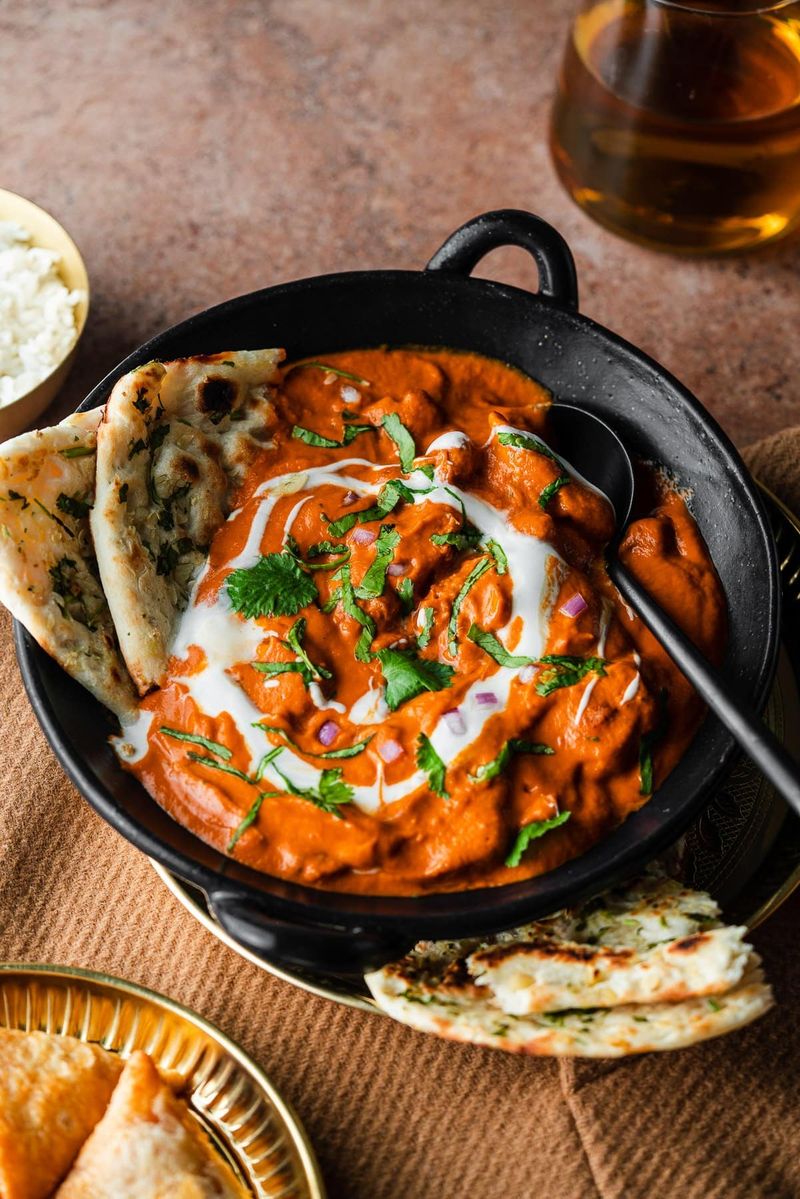
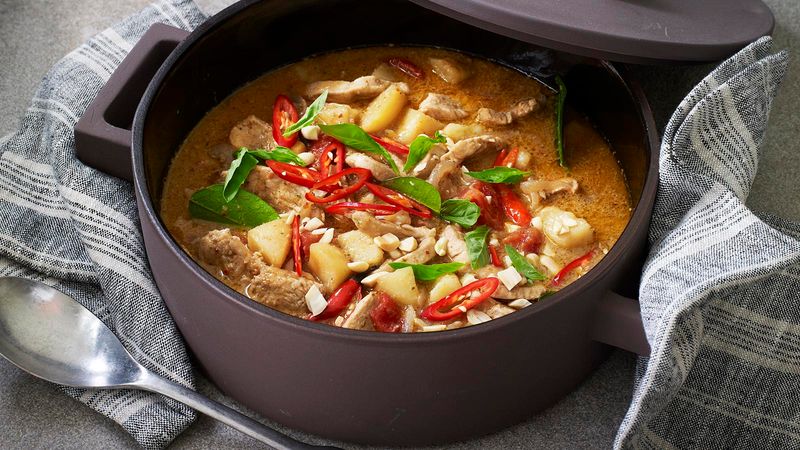
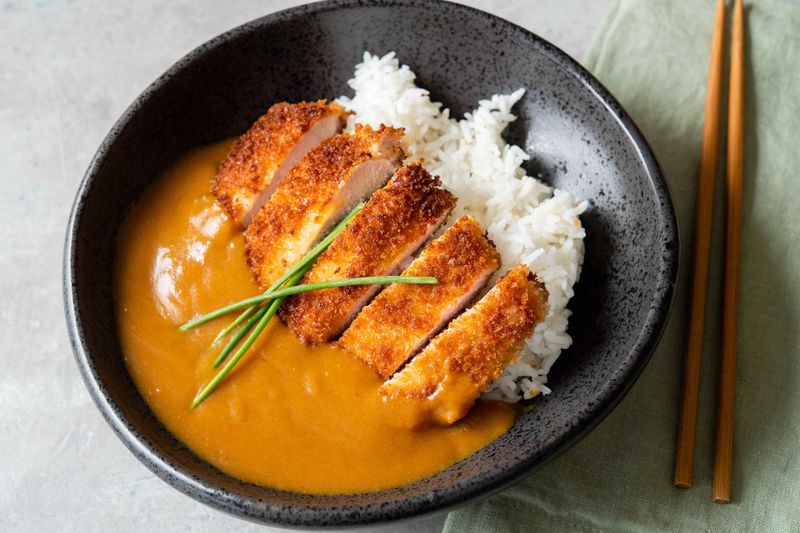
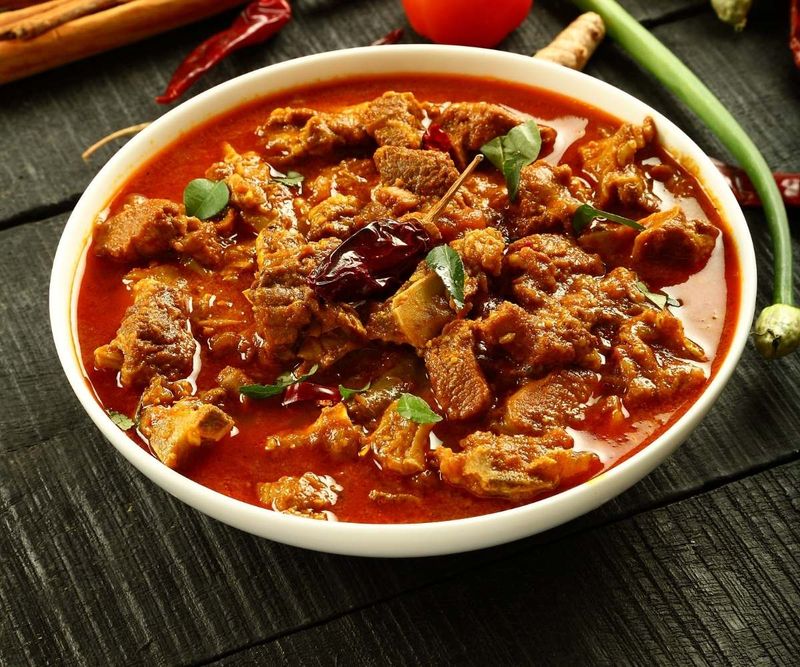
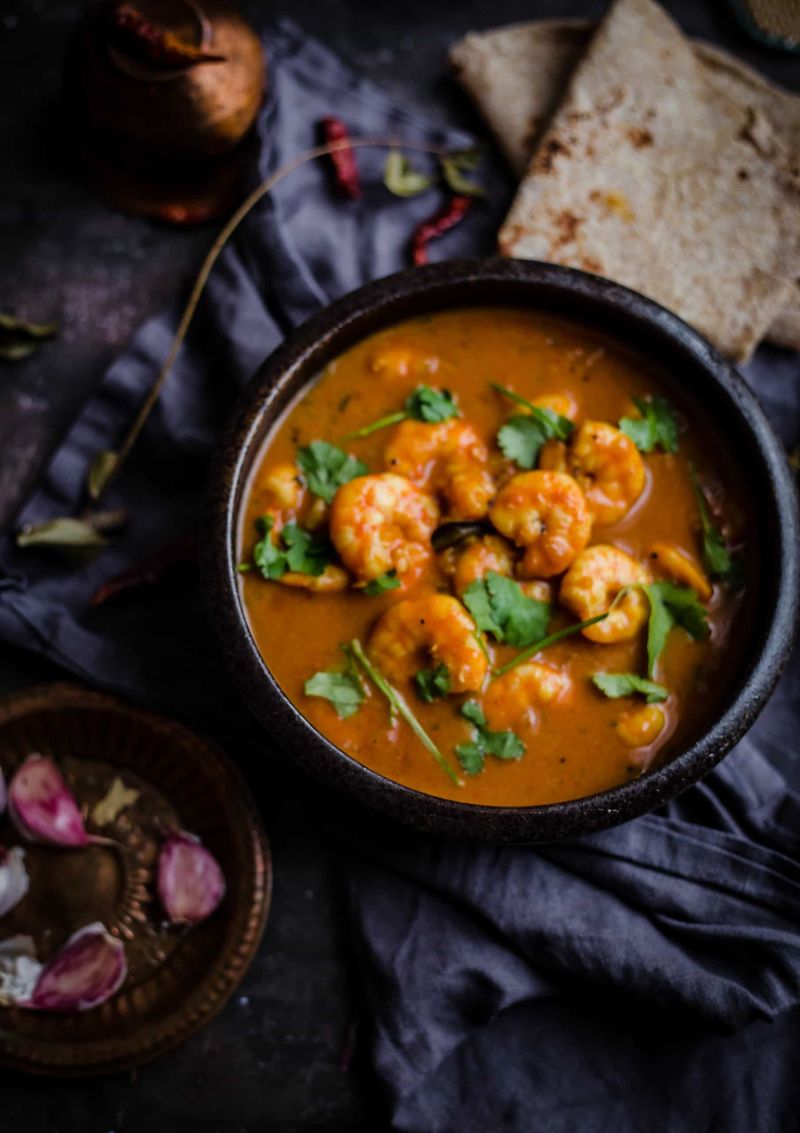
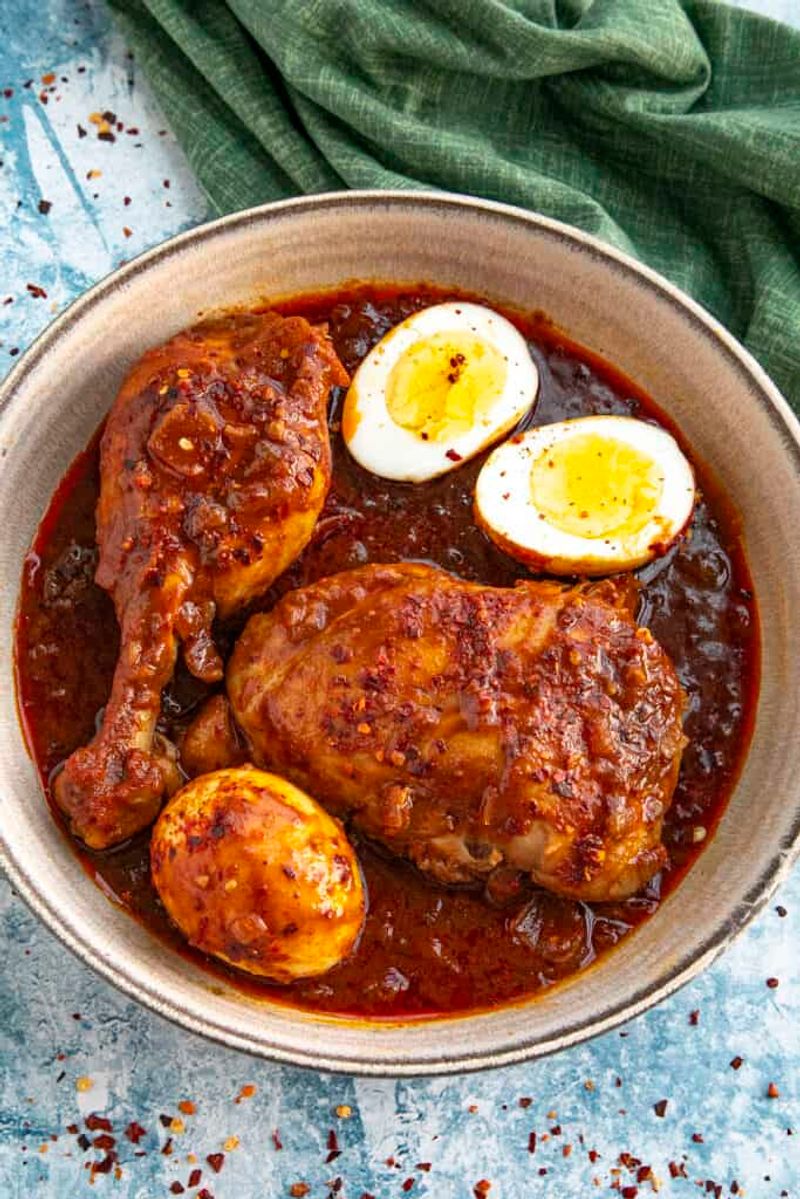
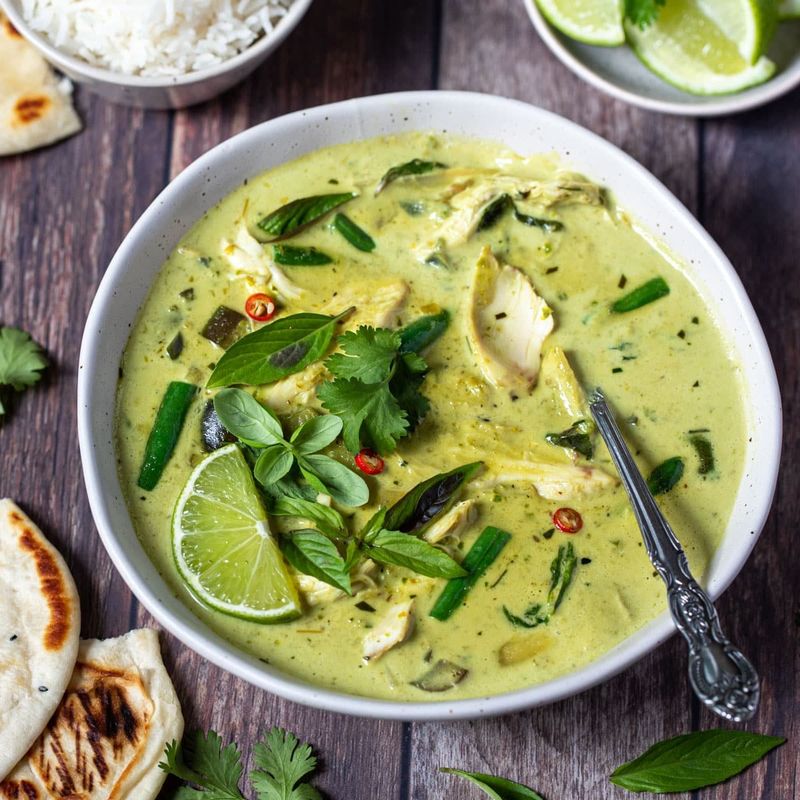
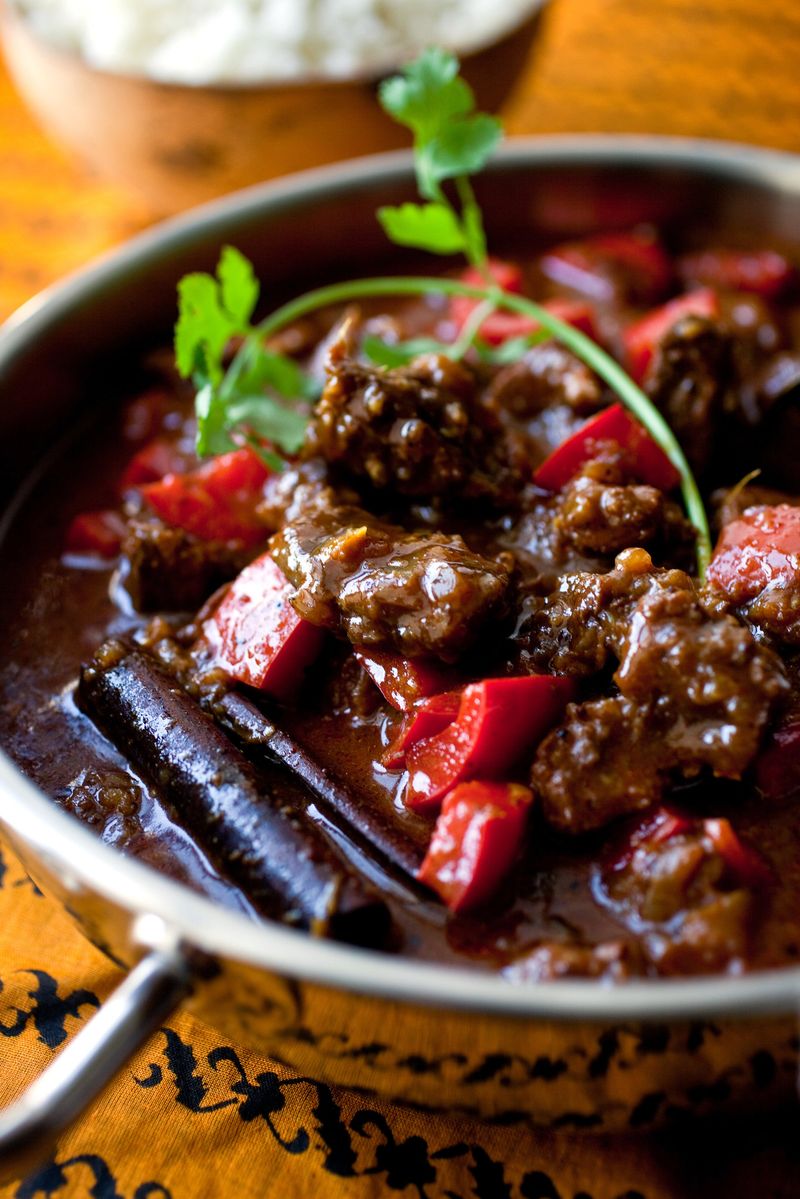
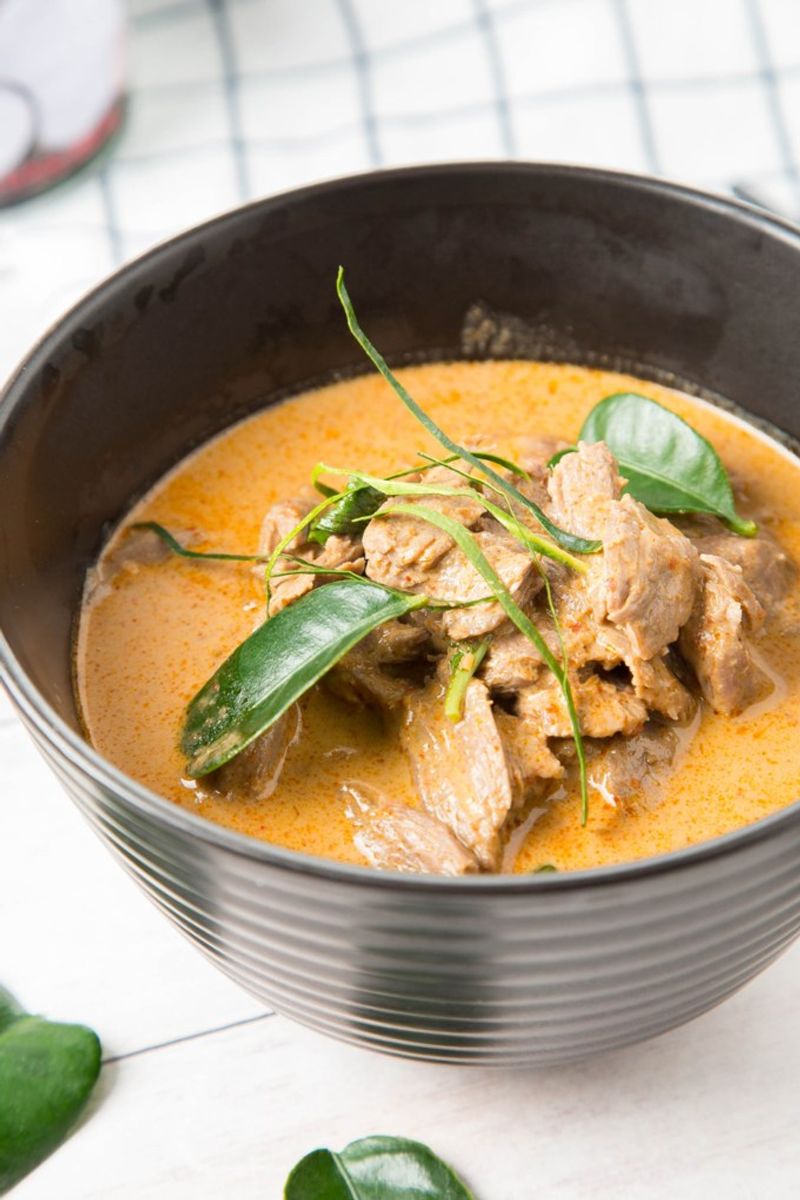
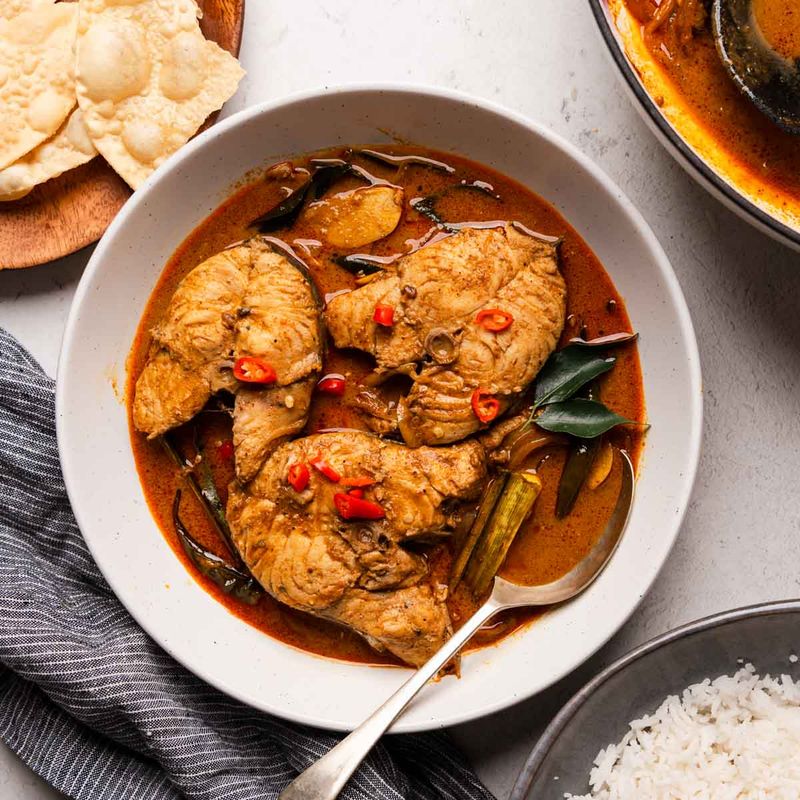
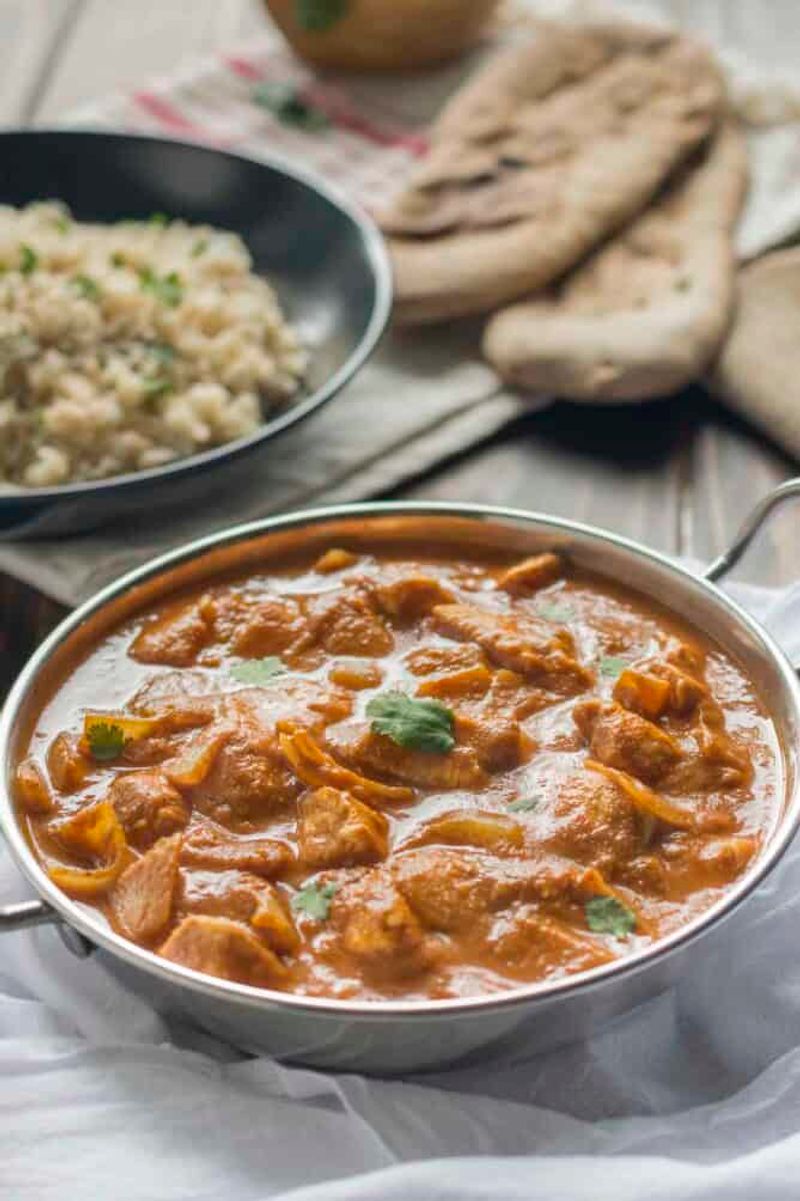
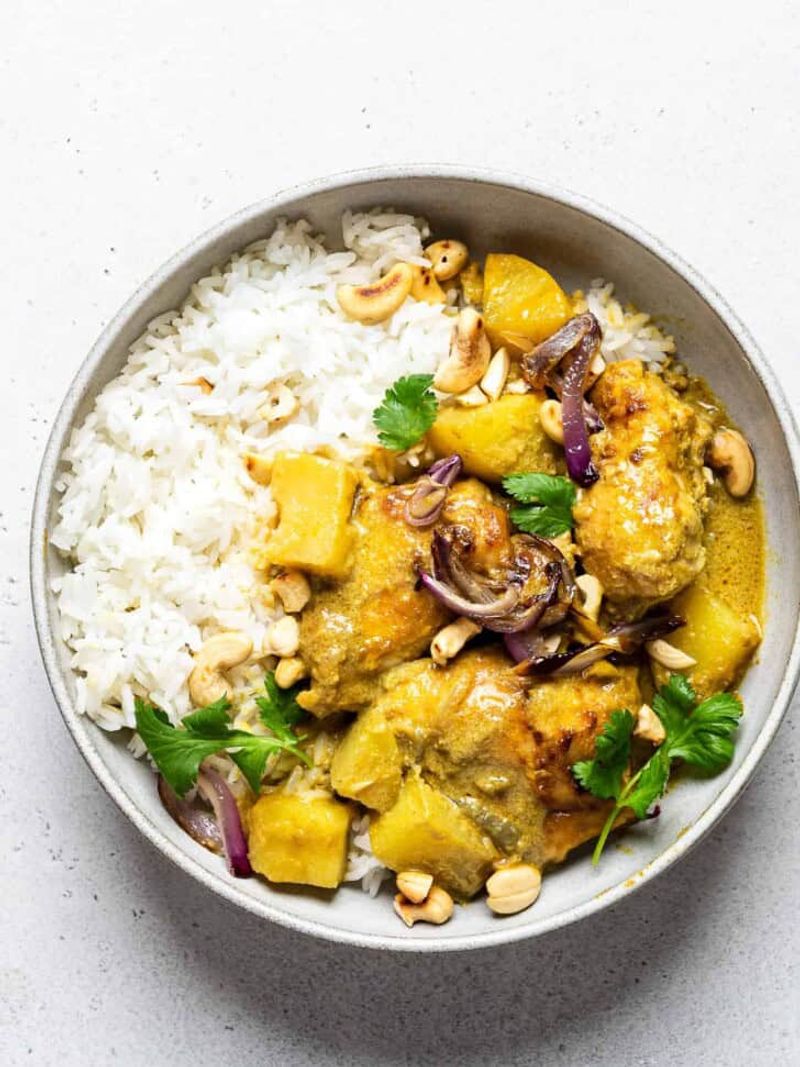

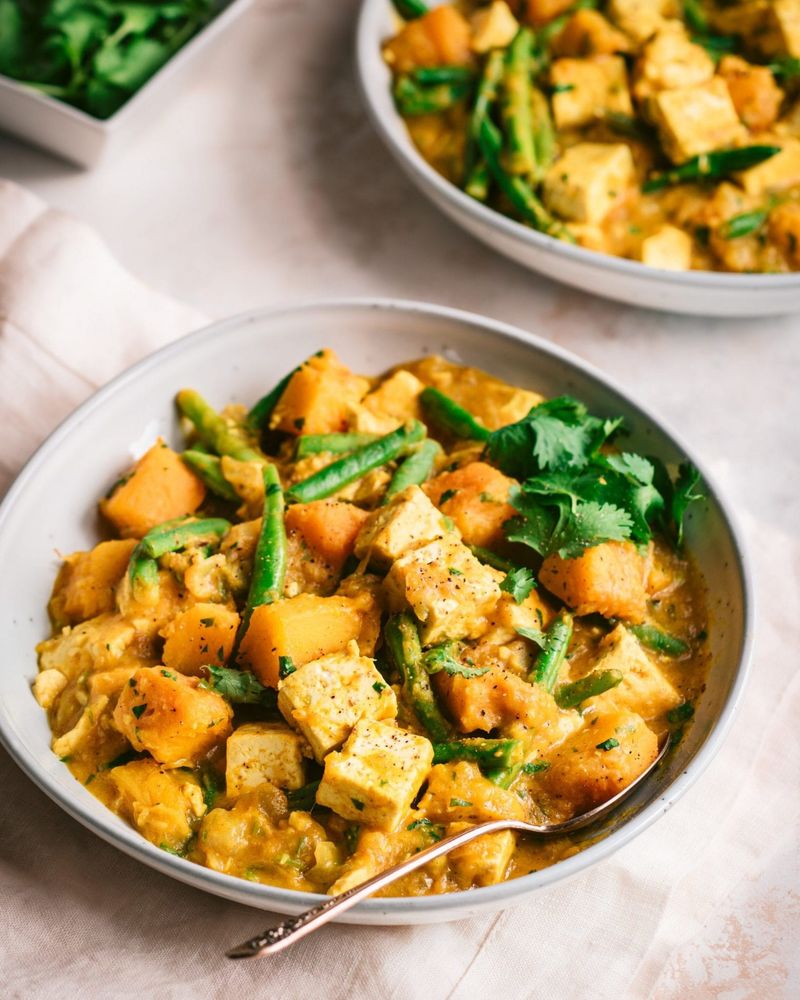
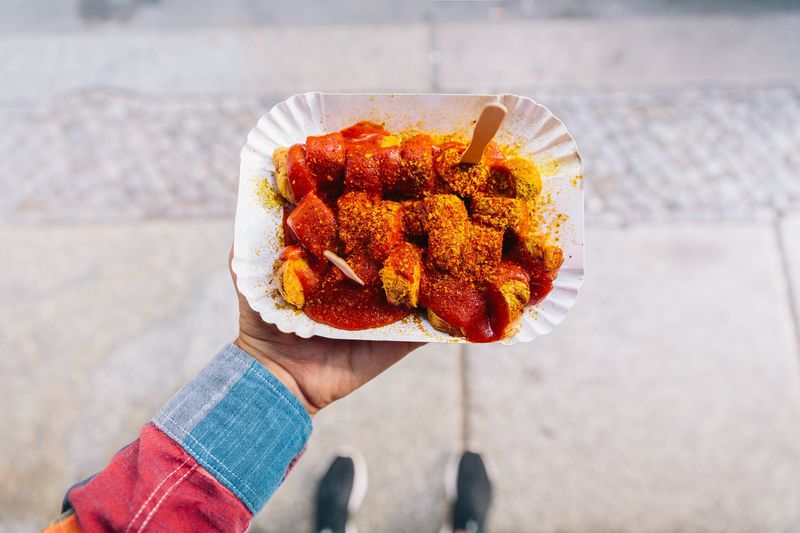
Leave a comment